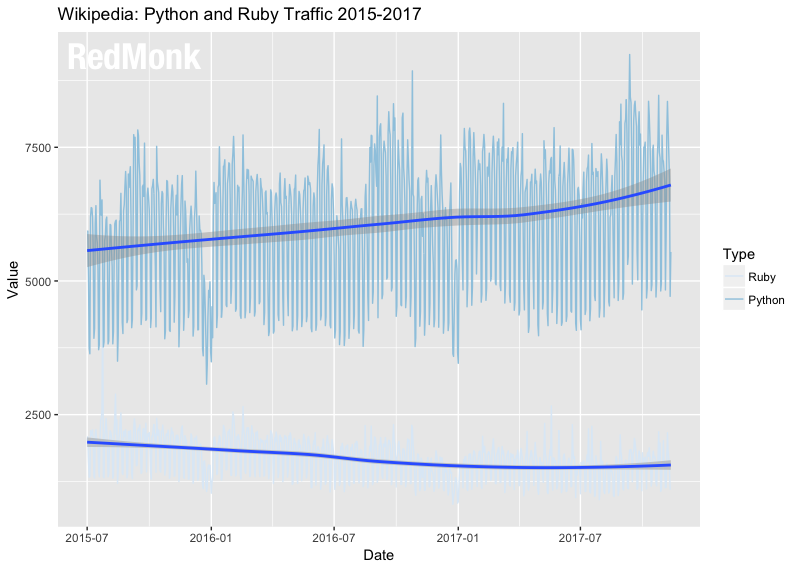As some of you may have noticed I have slightly increased the frequency of writing posts this year. I am pretty happy with some of my work, to be honest. But today I just wanted to share some of the great work my colleagues are doing.
Fintan’s post today on containers is just great. It’s exactly what we hired him for. Charting stacks – the commodity container story. Where is the value when the orchestration layer is a done deal? Putting Kubernetes, AWS EKS and Fargate into context.
“The rapid commoditization of components is a well understood concept in economic theory. What was complex often becomes simple with abstraction. Substitution between vendors becomes easy, and you see increased transparency in product features across both offerings and pricing. Vendors can continue to innovate on a technology level beneath the abstraction, but the longer-term economics now require you to have a volume business, with its inherent structural advantages, to grow your overall margin.”
But if we want context about where the industry is heading, we don’t just want to look at infrastructure commoditisation. What about new user interaction models? Every computing revolution brings a new UI, and Fintan points out the significance of voice in this great post – voice and the future of platform companies.
“Now this leads us to a bigger question – as the UI and consumption model for many things shifts to voice, how do you place adverts, if at all? The traditional model for the web is a mix of targeted transactional adverts. The key focus is on volume with a goal of conversion for immediate sales: the promotion aspect of the 4Ps of marketing. Technology has enabled more nuanced targeting, but essentially most web advertising is focused on automating the creation of a very large funnel to convert into sales.
Consuming content from a screen is a passive interaction, in which adverts can be viewed as relatively non-invasive. Voice, however, is a very personal and active interaction. Humans enjoy conversation and interaction, but they also appreciate the terseness that voice can enable.
But most importantly, the interaction is with a voice, using your own voice – and that begins to constitute a relationship, and thus changes the marketing dynamics at play.”
But Fintan isn’t the only one helping us to understand what’s going on in tech. Stephen continues to nail it with data-driven posts like what Ruby needs. Rails drove Ruby to prominence, but what next for the language that made such an impact on the industry?
“The good news for Ruby is that the rate of decline is slow; assuming no acceleration to its current trajectory, the language will sustain mainstream relevance for years to come. But the fact that the language is in decline is difficult to argue with. The question is why?
There is no single answer. In some cases, performance is the issue. Many Ruby shops, which in most cases meant web shops, experienced growing pains associated with the runtime and eventually transitioned to Java – Twitter is perhaps the best known example of this. Some non-web Ruby projects have also been rewritten in languages such as Go for scale reasons (e.g. Cloud Foundry). In other cases, the transition was partially performance related but also related to ecosystem and skills questions; the JavaScript and Node.js ecosystem certainly impacted Ruby in this regard. And lastly, fair or not, Ruby is not widely perceived to have the same versatility of languages like Python, which have robust ecosystems outside of web development in areas such as data science.”

No Comments